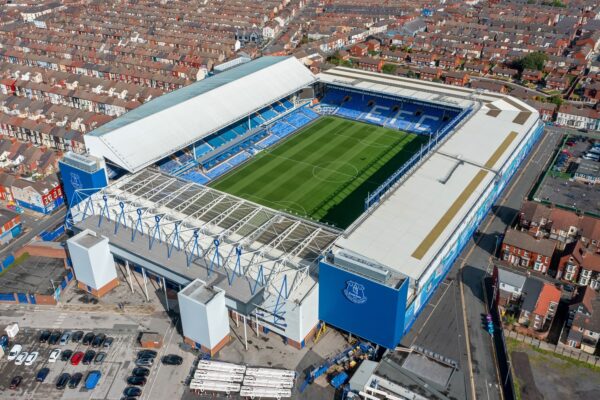
As a national second division becomes inevitable, key stakeholders within the A-League agree it is crucial to the development of Australian football, forging a path for promotion and relegation to become a reality.
In the past, public perception has been that A-League clubs were hesitant to allow for their positions within the competition to be challenged, however this is quickly changing as the plans for a second division continue to evolve.
A question hanging over the breakthrough is who will handle the administration of the league. Currently, the A-League is run by the Australian Professional Leagues (APL), which is controlled by current A-League clubs.
Danny Townsend, CEO of Sydney FC and the APL, explains that while there hasn’t been any dialogue towards the APL’s role in the running of a national second division, they would willingly support the competition in any way they can.
“We are responsible for professional football in Australia, and everything below that is essentially under the remit of Football Australia (FA), and the member federations in each state. If there is a view that we could contribute or play a role in supporting the second division, either under our banner or in partnership with someone, of course, we would always look to promote football,” he said.
“At the end of the day promoting and encouraging football to be as sustainable as it can be in Australia, and if we have a role to play there we would absolutely engage with that.”
Currently, the clubs that would potentially make up a second division are represented by the Association of Australian Football Clubs (AAFC), who would likely play a large role in the administration of a national second division. Currently the AAFC, the APL and FA are the three biggest players in shaping the structure of professional football in Australia going forward.
Tony Pignata, CEO of Perth Glory, expressed support for a second division featuring promotion and relegation.
“Football needs promotion and relegation. We see it overseas in the leagues, teams are promoted, and the bottom teams are beating the top teams just to survive. It does add a lot to the game, so I think a second division is warranted and needed,” he said.
He adds that the second division will launch when Football Australia can ensure the additional clubs can handle the financial burden of professional football.
“The timing will depend on the financial viability of the league, and that’s what FA are working on at the moment,” Pignata said.
With the support of the APL and A-League clubs, the largest hurdle that faces the second division is creating a structure that is financially viable for the inaugural teams, as they evolve from semi-professional to fully professional outfits. This journey has happened in reverse previously, as the former National Soccer League clubs joined their state leagues at the A-League’s inception.
One idea currently being floated at Football Australia is a structure similar to the current Champions League format – 32 teams divided into groups of four, followed by a knockout stage. The attraction of this format is to reduce costly away days for the clubs, limiting them to just three away games, unless they proceed to the knockout stages.
Whether this would be embraced by clubs within the second division – and the A-League teams who would eventually become a part of the competition through promotion and relegation – remains to be seen. The concept is seen as a stop-gap between bringing the second division into reality and creating a sustainable professional league.
With plans for the structure of a second division still in the works at Football Australia, it is important they deliver a structure that ensures the long-term financial viability of not just the second division clubs, but also those A-League teams that are relegated.
Pignata mentions that some of the hesitancy towards promotion and relegation from the current A-League clubs is due to the potential lack of representation for a state in the Australian top division.
“I’m talking as a football purist. The only issue that the A-League clubs are raising is if Perth Glory gets relegated, and a New South Wales team gets promoted, there is no team in Perth. If Adelaide gets relegated, then there is no team in Adelaide, and that is an issue,” he said.
“But saying that, we have to make sure we don’t get relegated, and that is what you need to fight for.”
Pignata believes that for football to reach its potential in Australia, the challenges of promotion and relegation need to be embraced by the professional clubs, despite potential issues that it would present for current clubs.
“I think in years to come, that is how it will be played, and we have no fear. We shouldn’t be a closed shop. If we want to make football here in Australia as in Europe, then we need to have promotion and relegation, and clubs need to make sure they don’t get relegated.”
Relegation could potentially mean a loss of income that could prove fatal to A-League clubs. One solution to this would be cash payments to relegated teams from the first division into the second, a concept that is currently employed in major leagues around the world such as the English Premier League. These ‘parachute payments’ would protect against the financial shock of relegation, ensuring clubs aren’t forced to fold.
There are several issues that Football Australia, the AAFC, and the APL will be required to resolve before a national second division becomes a reality. Unlike in the past, it is clear there is the will and desire for a national second division like never before.


























